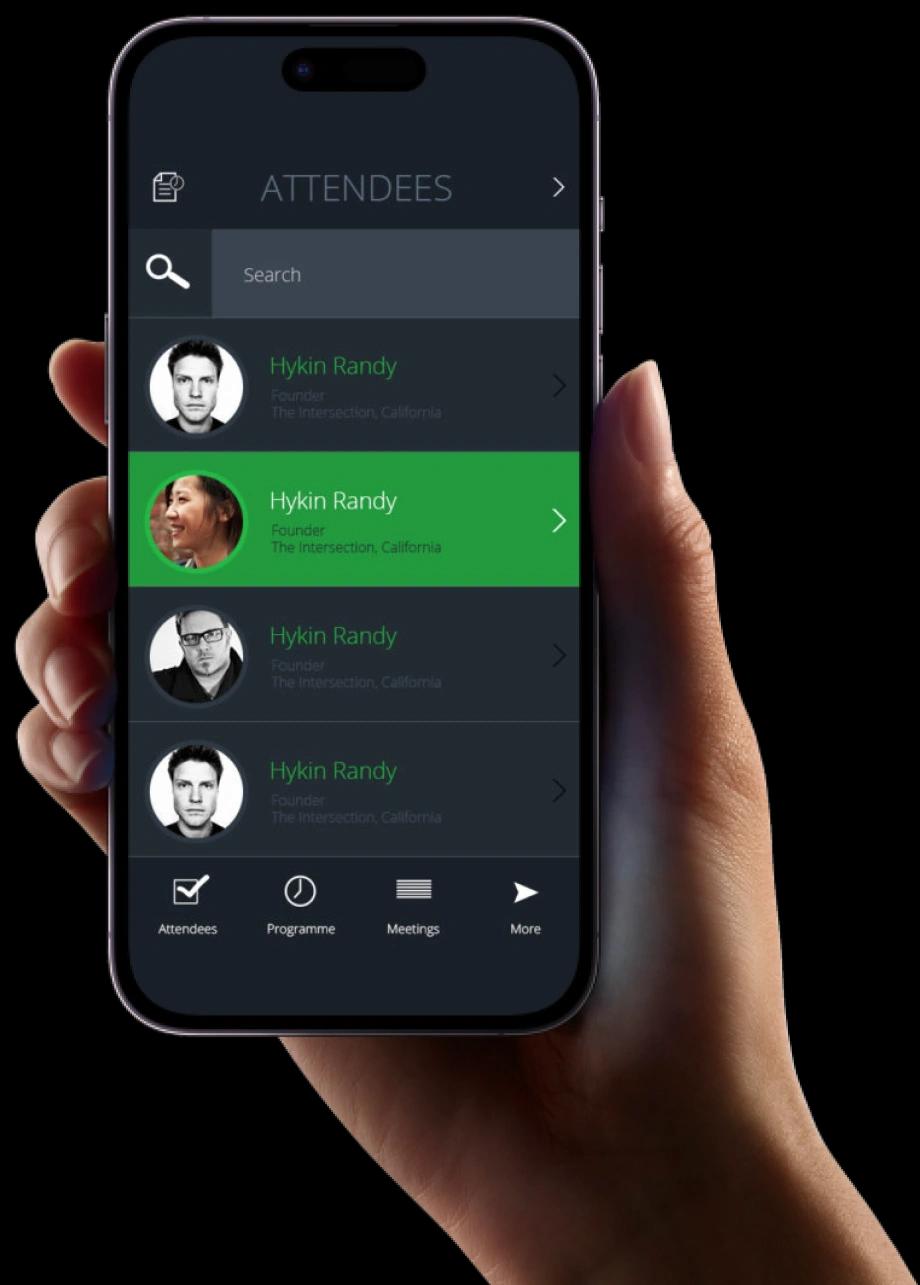Exaud Blog
Blog

Large Language Models at work: The strategic value of GPT-Powered Internal Chatbots
Discover how GPT-powered internal chatbots can unlock organizational knowledge, boost productivity, and scale support, securely and efficiently.Posted onby ExaudAs organizations grow, so does the complexity of managing internal knowledge and support. What if there were a way for people to simply ask a question using natural language and get the right answer instantly?
That’s exactly what GPT-powered internal chatbots make possible. These AI systems, built on large language models, are gradually transforming how teams access information, solve problems, and collaborate across departments. This article examines how businesses can utilize internal chatbots not only as tools for automation but also as strategic infrastructure that enhances operations, reduces costs, and improves the employee experience.
The Strategic Case for Internal GPT Chatbots
Unlocking Knowledge Silos
Organizations typically store knowledge in dozens of places, shared drives, ticketing systems, HR portals, training documents, internal forums, and more. Finding the right answer often requires knowing exactly where to look, who to ask, or which outdated doc to trust.
GPT-powered chatbots eliminate this friction. By indexing content from diverse sources and leveraging semantic search, they allow employees to ask questions in everyday language and get accurate, context-aware answers. This reduces dependency on tribal knowledge and boosts cross-functional collaboration. From onboarding new employees to empowering frontline staff with policy or product information, this type of tool ensures that internal know-how is always accessible and up to date.
Enhancing Productivity
Employees often spend a significant amount of time each week searching for internal information, whether it's procedures, templates, or past communications. Although the exact percentage varies across industries and roles, this overhead remains a common bottleneck in knowledge work.
By integrating an intelligent chatbot into daily workflows, companies can drastically reduce this friction. Instead of digging through folders, employees get instant help via a conversational interface, whether it’s retrieving a lost procedure, confirming a legal clause, or checking the latest pricing matrix. More advanced implementations also support summarization (e.g., “Summarize the latest sprint notes”) and decision support (“Compare these three suppliers based on historical data”), enabling smarter, faster decision-making.
Scaling Internal Support Without Scaling Teams
Most internal helpdesks deal with high volumes of repetitive queries: “How do I reset my password?”, “What’s the travel policy?”, “Where’s the latest compliance template?”. Handling these manually drains time. A GPT chatbot can be trained on internal FAQs, wiki pages, and support tickets to answer these questions instantly and accurately. It operates 24/7, never tires, and can handle thousands of requests concurrently, ideal for global teams across time zones.
By offloading Tier-1 requests, companies free up IT, HR, and ops staff to focus on exceptions and strategic work, improving both service quality and job satisfaction.
Supporting Change Management and Onboarding
Every time a company rolls out a new process, tool, or policy, confusion follows. People struggle to adapt, and support channels get overwhelmed. Internal chatbots can be trained on updated materials to serve as interactive change management assistants. For instance, during a CRM migration, a chatbot can answer questions like “How do I log a new lead in HubSpot?”, backed by internal documentation and usage guidelines.
For onboarding, new employees can ask questions in real time “Where do I submit expenses?”, “Who’s responsible for this client?” without having to interrupt their manager or dig through documentation. This makes the ramp-up phase smoother and reduces information overload.
Technical Considerations for Internal Chatbots
Data Sourcing and Structuring
The foundation of any successful GPT implementation is high-quality, structured data. Companies must identify which repositories to tap, such as SharePoint, Google Drive, Confluence, ticketing systems, and email archives, and decide how to preprocess and normalize the content.
This usually involves converting different formats (PDFs, HTML, CSV, etc.) into clean text, removing noise, handling access controls, and chunking content into semantically meaningful units. These chunks are then embedded using vector models and stored in a retrieval layer (e.g., Pinecone, Weaviate, or FAISS).
Exaud helps clients build robust ingestion pipelines and maintain data hygiene to ensure the chatbot delivers relevant, accurate answers.
Model Customization and Fine-Tuning
Base GPT models are trained on general internet data and lack context about a company’s internal processes, culture, or jargon. For better performance, fine-tuning or few-shot prompt design is required.
In most enterprise cases, it’s more efficient to use Retrieval-Augmented Generation (RAG), where the chatbot retrieves internal content on demand and feeds it to the LLM in real time. This avoids the need to retrain the model and allows faster iteration.
Exaud also configures prompt templates to guide tone (formal/informal), persona (support agent, advisor), and safety constraints (refusing unauthorized queries).
Privacy and Access Control
Enterprise data isn’t just sensitive, it’s legally protected. Any AI solution must enforce access control mechanisms, both at user and document levels. For example, an HR assistant should not access financial forecasts, and a marketing intern shouldn’t see legal contracts.
Solutions can be deployed in secure cloud environments or even on-premise for highly regulated industries. Additional safeguards include audit logs, encryption at rest and in transit, session timeouts, and anonymized data usage.
Exaud ensures that all deployments meet enterprise-grade privacy and compliance requirements, including GDPR and SOC 2.
Interface Integration
Even the most capable chatbot won’t gain adoption if it’s inconvenient to use. Seamless integration into daily workflows is critical. This means embedding the chatbot into existing tools like Slack, Microsoft Teams, email clients, or intranet portals. Features like autocomplete, conversational memory, personalized shortcuts (“show me last week’s dev sprint”) and multilingual support increase engagement and usability.
Use Cases Across Departments
IT Support: Resolve 80%+ of common issues like VPN troubleshooting, password resets, software installations, and device policies via chat.
HR: Handle employee queries about benefits, leave policies, job openings, and onboarding paperwork, while escalating sensitive issues to humans.
Sales Enablement: Instantly provide case studies, product specs, competitive comparisons, or objection-handling tips based on up-to-date internal content.
Legal & Compliance: Help teams interpret contracts, summarize legal memos, or flag non-compliant actions in reports.
R&D: Allow engineers to surface archived technical documentation, retrieve API references, or search internal research effortlessly.
Why choose Exaud for GPT Chatbot development?
With over a decade of experience delivering custom software, embedded systems, and AI solutions, Exaud is uniquely positioned to guide companies through GPT chatbot development. We offer:
-Strategic discovery sessions to align AI with business goals
-Expertise in LLM selection, prompt engineering, and RAG pipelines
-Scalable, secure deployments customized to your infrastructure
-Deep integration capabilities with both modern and legacy systems
Whether you’re exploring your first internal chatbot or expanding an existing deployment, we help you move from idea to value, securely, efficiently, and measurably.
Frequently Asked Questions about GPT-powered chatbots
How is a GPT-powered chatbot different from traditional rule-based bots?
Traditional bots follow rigid flows based on pre-written rules. GPT-powered chatbots understand intent, context, and nuance, making them far more flexible and accurate, even for unexpected queries.
Do we need to train our own language model?
In most cases, no. Retrieval-Augmented Generation allows companies to get custom behavior using their data with existing models. Fine-tuning is only necessary for highly specialized needs.
Is the chatbot secure for sensitive internal data?
Yes. We design each system with enterprise-grade access control, encryption, and compliance in mind. On-premise deployments are available for maximum control.
What does a typical implementation timeline look like?
For most companies, a functional MVP can be delivered in 4–8 weeks. This includes data scoping, ingestion, integration, and validation.
Can the chatbot be integrated with Microsoft Teams or Slack?
Absolutely. We can embed your internal chatbot in whichever communication platforms your team uses, Teams, Slack, intranet, or custom portals.
By centralizing knowledge and accelerating internal support, Internal GPT chatbots empower people to do their best work. When thoughtfully implemented, they don’t just answer questions, they change how organizations think, share, and operate.
At Exaud, we build these systems with precision and purpose, making sure they work for your business, your people, and your future. Let's connect!
Related Posts
Subscribe for Authentic Insights & Updates
We're not here to fill your inbox with generic tech news. Our newsletter delivers genuine insights from our team, along with the latest company updates.